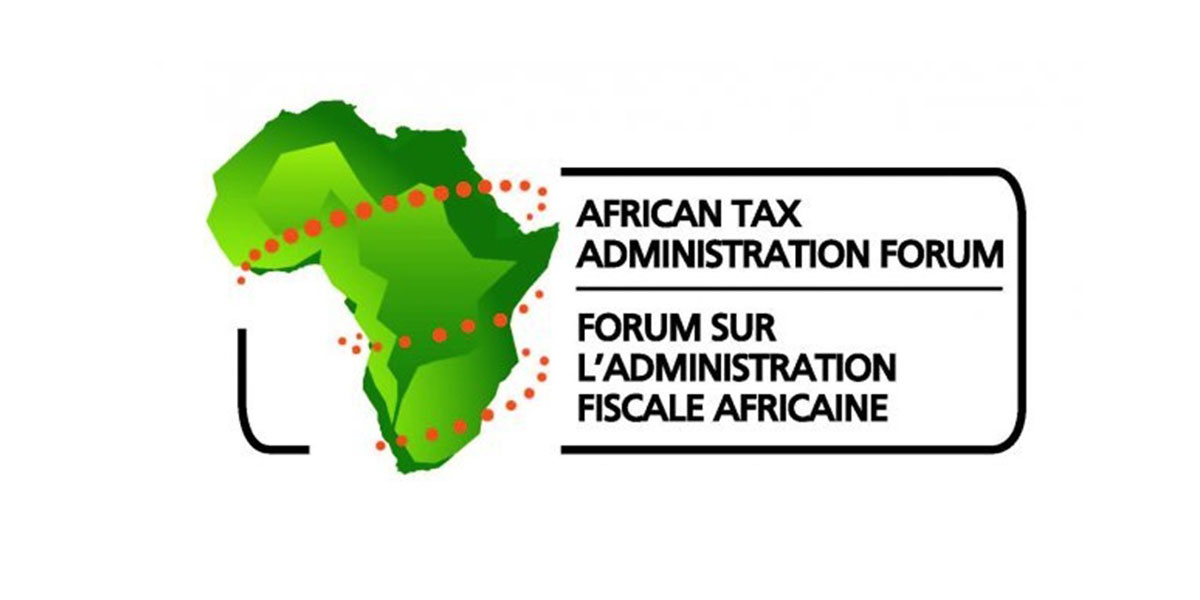The African Tax Administration Forum (ATAF) published an updated version of its Suggested Approach to Drafting Transfer Pricing Legislation on 11 January 2025.
This publication, which has been prepared by the ATAF Cross Border Taxation Technical Committee and the ATAF Secretariat contains a revised Suggested Approach to the Drafting of Transfer Pricing Legislation which includes additional sections on issues that have been added to the OECD Transfer Pricing Guidelines that ATAF members have identified as areas of increasing importance to Africa.
ATAF members have reported that issues relating to transfer pricing represent some of the highest risks to the tax base of African countries. According to the Economic Development in Africa Report 2020 by the UN Conference on Trade and Development (UNCTAD), Africa loses about USD 88.6 billion, 3.7% of its gross domestic product (GDP), annually in illicit financial flows. Transfer mispricing is one of the primary sources of these losses.
Transfer pricing is the mechanism for pricing transactions between connected legal entities within the same multinational enterprise (MNE). Various terms are used to describe such transactions however, for the purposes of this Suggested Approach to Drafting Transfer Pricing Legislation the term “controlled” transactions is used. Such transactions may include the purchase or sale of goods, intangible assets, the provision of services, the provision of financing, cost allocation, or cost-sharing arrangements.
It is important to note that transfer pricing is a normal and commercial practice that is used by all MNEs to price their controlled transactions. However, such transactions provide opportunities for profit shifting. To address such tax avoidance, an international standard under the concept of the arm’s length principle is adopted. This principle requires that for the purposes of computing taxable income of the parties to the transaction, the terms and conditions (including the price) of the controlled transaction are comparable to the “arm’s length” terms and conditions at which the transaction would have taken place between unconnected persons. However, transfer pricing may become abusive or illegal when connected persons seek to distort the price to reduce their overall tax liability.
This publication, which has been prepared by the ATAF Cross Border Taxation Technical Committee and the ATAF Secretariat, contains a revised Suggested Approach to the Drafting of Transfer Pricing Legislation which includes additional sections on issues that have been added to the OECD Transfer Pricing Guidelines that ATAF members have identified as areas of increasing importance to Africa.
These issues are i) the optional simplified and streamlined approach for pricing distribution activities, ii) transfer pricing issues relating to financial transactions and iii) Advanced Pricing Agreements. It is intended to provide African countries that are developing transfer pricing rules with a suggested structure and content for their legislation.
It provides a framework underpinned by the arm’s length standard which is the underlying principle of Article 9 of the ATAF Model Tax Convention on Income and on Capital (“the ATAF Model”) and the OECD and United Nations Model Double Taxation Conventions but adapted to meet the specific challenges faced by African countries. This includes a series of policy options for countries to consider which provide measures that aim to address the information asymmetries that often exist between MNE taxpayers and African tax administrations by shifting the burden of proof from the tax administration to the taxpayer. Other policy options provide simplification measures that African countries may wish to consider using to address capacity constraints that make it difficult to price some of the more complex controlled transactions such as the pricing of controlled transactions involving the transfer of rights relating to intangibles.
Countries should consider these optional provisions in the light of their particular capacity constraints and policy objectives.
The draft language set out in the attached is intended to be flexible. The provisions in Part 1 will generally be suitable for primary legislation if that approach is consistent with the country’s normal legislative practices.
The provisions in parts 2 and 3 will generally be suitable for secondary legislation. The intention, however, is that the subject matter contained in each of the sections of the draft be considered by countries as they implement a transfer pricing regime based on the arm’s length principle.












